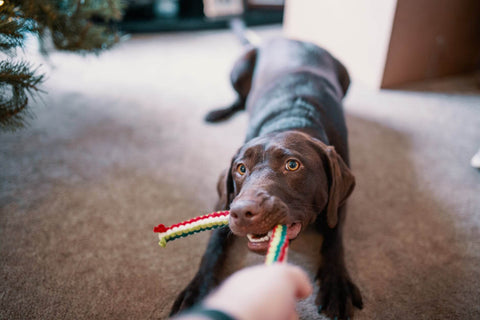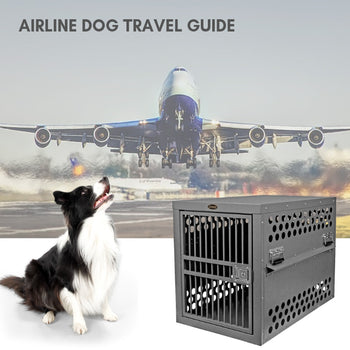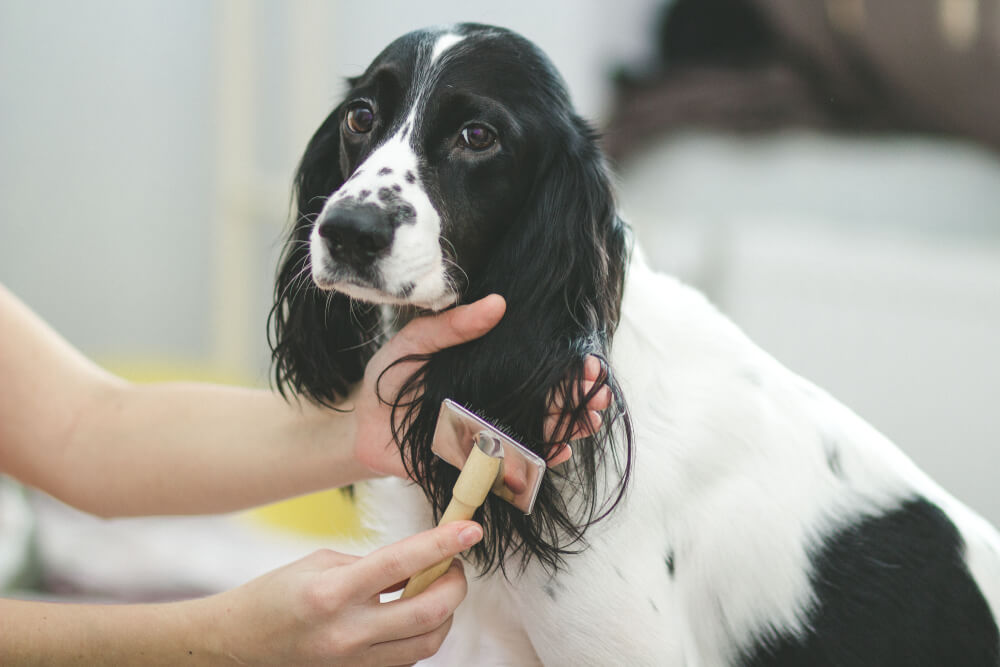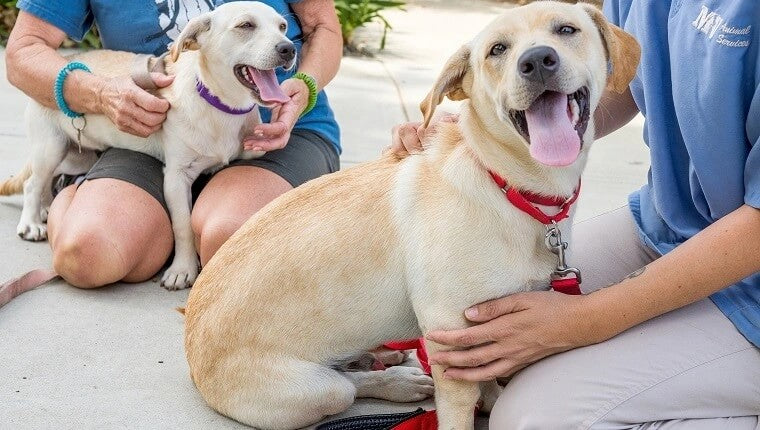
7 Basic Commands Every Puppy Should Know

With just a few basic commands under her belt, your dog can be a real pleasure and joy to be around. Below we’ll cover the top seven commands every puppy should learn and how to teach them. But before starting your training lets set some ground rules. First, be patient with your puppy or dog, do not push/rush her if you feel the training is going slow. Stick with the training and move at your dog's pace, the goal is to make this a fun game that you and your dog enjoy and learn from. When doing the training, find a quiet place, no distractions; you want your dog to be able to focus on you as much as possible. Use short lessons so as not to tire her out and make it not fun. Remember to never use punishment during training, you want this to be a positive experience for your puppy. You will need to continually follow up with small practice sessions, rewarding good behavior, and reinforcing the learning until it is mastered.
Sit Command

The Sit command is often one of the very first commands taught to a young dog and for a good reason. The sit command can prevent many annoying dog behaviors such as jumping up, getting into something, barking, etc. By giving this command, the dog will sit and will not move from the existing position. Release or set the dog free with an “Okay” or “Brake”.
To teach this command, put the dog a treat close to her nose (she should be able to smell it). Move the hand with the treat up and back, as you do so, your dog will naturally drop its back end and move to a sitting position. Right as your dog sits, you should give the verbal command “Sit” – accompanied by the treat & by showing affection for the dog. You then repeat the exercise until your dog learns the command appropriately.
Never physically put your dog into a sitting position; this can be confusing for your dog or even upsetting to some.
Come Command

The come command is a crucial command to teach your dog as it allows you to move or get your dog out of a situation without physically doing so. Examples can be getting your dog quickly out of the street, having her return to you if you have dropped the lead, or leaving a dirty mess.
This command is taught by putting a leash on your dog, then kneel down so that you are on your dog’s level. Speak the command “Come” as you gently tug on the leash. When your dog comes to you, give it a treat while also praising and showing affection. Try to avoid reaching your arms out to grab or welcome the dog; this type of gesture can be confusing or even frightening to some dogs. This exercise will need to be repeated several times a day until your dog learns the command.
Stay Command

This command teaches your dog to stay in a specific location until you release them. This can be a very helpful command in teaching your dog self-control and also allows you to feel much more confident in taking your dog into situations where they will need to stay put even with distractions.
To teach your dog this command, she must first be very proficient at the “Sit” command. Once you are confident in her ability to sit, give the “Sit” command, then open your palm toward your dog and give the “Stay” command. Take a few slow steps backward. If your dog stays (even for just a few seconds) reward her with a treat and some praise. If (or when) she does not stay, tell her “no” and then repeat the exercise. As your dog get comfortable with a few steps, you can gradually increase to larger distances. Continue to play this game daily to ensure your dog become very proficient. This command can take time for some dogs to master, so don’t get discouraged if it does not come right away.
Down Command

The down command is used to teach your dog to lie down (not to be confused with the “off” command which teaches your dog to get off of something). Some find this command to be one of the more difficult commands to teach as it asks the dog to take a submissive posture. It’s an excellent command to have available to you as it can quickly get your dog calm and obedient.
This command is taught similarly to the sit command. Take a small treat in your closed hand, place it near your dog’s nose so she can smell it. At the moment your dog smells it move your hand towards the floor, your dog should follow. As you dog follows your hand begin to move it along the floor (away from her). The moment your dog lies down give the “Down” command. Quickly after give her a treat with praise and affection. As with other commands, continue to play this game daily to ensure your dog becomes very proficient. Be patient; it too can take time to master.
Off Command

The off command can be beneficial in getting your dog to back away or get off of something. To teach this command you’ll want to have a treat in your closed hand. Bring it to your dog’s nose so she can smell the treat but don’t allow her to have it. Remain like this until your dog eventually backs away. Right as your dog does so, give the verbal “Off” command and then give her the treat with praise. Continue to practice this command several times daily until your dog is proficient.
Drop It Command

This command is very handy for getting your dog to release an object that is held in her mouth. It can be used when playing fetch, but also if your dog has something in its muzzle that you want her to release.
For this command find a toy that your dog likes and have her take it into her mouth. Then begin to pull away from her, when she does finally release the toy immediate give the “Drop It” command, followed by praise and a returning of the toy. Continue playing this game daily; your dog will soon be very comfortable with the drop it command.
Heel/Controlled Walking

The skill of walking controlled (also called “heeling”) on a leash can make a difference in a dog-owner relationship. The joy and comfort of having a comfortable, unhurried, walk with your pet can be extremely beneficial and satisfying for both of you, but for many can be a difficult skill to learn for a dog.
To begin, make sure your dog is comfortable wearing a leash. Some dogs take right to it while others find it very difficult, puppies tend to bite at it. If this part of the training is hard for your dog, try giving her a treat every time you put the leash on, it can help in making it a pleasant experience for her.
With your dog comfortable on the leash begin walking with the dog at your side and very little slack in the leash (you don’t want them to get far). The goal is to have them match your speed and stay right at your side. Hold a treat in the other hand and give her one when she’s walking at the correct place and use the command “Heel”. Begin by giving these treats quickly and then gradually further and further apart. Eventually, your dog will naturally be walking at your side. If she gets too far ahead of you try making a turn away from her or a quick tug on the leash to get her back into position.
With these seven commands mastered, your dog will be well ahead of most other dogs and a true joy for you and your family to be around. You may even find you and your dog like the teaching/learning process, and you can continue to add more commands to teach your dog.
Also Read:
- Aug 01, 2019
- in Pet Blog






















































